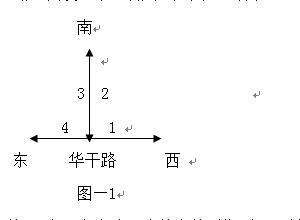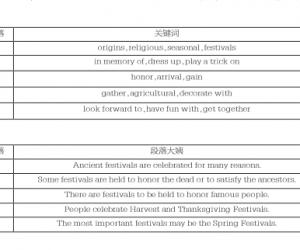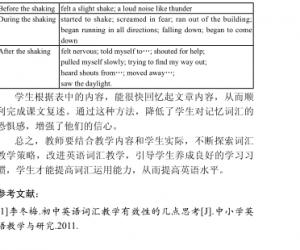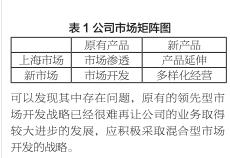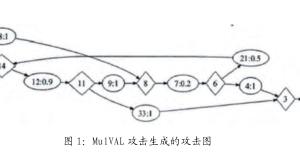Invoking Sympathy Towards the Character Lennie in Steinbeck’s Of Mice and Men…
热度0票 浏览111次
时间:2013年10月24日 16:29
Invoking Sympathy Towards the Character Lennie in Steinbeck’s Of Mice and Men
Myrenda Ding
(上海复旦大学附属中学国际部,上海 200433)
摘 要:The ending of John Steinbeck’s Of Mice and Men, viewed alone, is not a tragedy at all; while death is involved the life that has been taken is merely that of a murderer and threat to human safety. However, the death of Lenny Small is actually far more tragic when viewed in the context of the novel. This essay will explore some of the ways Steinbeck manipulates the emotions of the reader so that readers sympathise with the “murderer”.
关键词:Steinbeck;Lennie; mice;men; sympathy;character;study;tragedy
In the novel of Mice and Men, author John Steinbeck uses a mere hundred pages to spin a tale around two central characters; a man named George Milton, and his travelling companion Lennie Small. Lennie is assumed to have some sort of mental disability, in addition to being inhumanly strong yet unaware of how much strength he really possesses. He is a childish, misunderstood man who unintentionally commits some rather violent crimes throughout the book (mostly regarding the deaths of people or things through his unintended strength), before dying as a result of his accidental actions. His death is viewed as a depressing conclusion to the novel, a view which would have been very different had feelings of compassion not existed in the reader. Despite the fact that a mentally challenged murderer such as Lennie would not be immediately thought of as someone who one could feel benignant towards, Steinbeck was able to invoke sympathy in the reader through Lennie’s actions and dialogue, which worked synergistically to create a tragic ending.
Lennie’s actions are some of the reasons why he can appeal to the readers. While his most memorable deeds, killing his puppy and then murdering Curley’s wife, would be more likely to instil a sense of hatred rather than sympathy, one has to look at the bigger picture. To understand why the reader would find it difficult to feel disdain at such a character one must analyse the circumstances under which these events were executed. After the death of the puppy, Lennie was visibly upset, and Steinbeck narrates his despondence vividly. The way Lennie’s grief is described is what makes the death of the puppy seem less like Lennie’s fault than it actually is. When Lennie kills Curley’s wife, a heinous crime in its own right, the reader still sympathises with Lennie. The reasoning behind this is because Curley’s wife was portrayed as a trouble maker ever since her first introduction and her own actions almost serve to make her deserving of the demise that she was met with. Furthermore, at this point the reader is already somewhat attached to the character of Lennie; expecting that sort of consequence resulting from this manslaughter will cause further empathy for the seemingly innocuous Lennie. Thus, the audience will inevitably feel sorry for Lennie and hatred for the woman who caused this, despite the fact that the he was the perpetrator and the woman was the victim. Yet even before these deaths occurred other events had built up his innocent image. He is always very obedient, always doing what George says. When Curley’s wife approaches him, he keeps refusing to talk to her, citing the cause as “George says I ain’t to have nothing to do with you”. When George tells him to give him the mouse, he refuses at first but still gives the dead mouse to George in the end. On that note, if any other character in the book had a habit of killing mice and keeping their dead carcasses so that they could stroke them, the reader would probably find it disgusting. But Lennie, with his incomplete and immature understanding of the world, further causes the reader to sympathise, as they will think of him as more of a little boy who needs to be taught than a giant who has too much strength. Similarly, when Lennie brings his pup back to the bunkhouse, both George and Slim compare him to a kid, harmless but impossibly strong at the same time.
Although his physical form is equivalent to a large, towering monolith, his personality is incredibly childish, a trait that is reflected in everything he says. Returning to the example of Lennie killing his pup, the dialogue at that time is very important to the feeling of sadness that is associated with that event. Steinbeck begins with Lennie feeling depressed, still stroking the dead body of the pup, wondering why the pup died. Then, Lennie’s nervousness builds as he thinks of how George might react, and of how he might lose his chance to tend the rabbits. Finally, the flurry of emotions spirals into a tornado as he becomes angry, curses, and then falls into depression all over again. Even though by the end of this process it is clear that Lennie is less upset over the death of the pup as opposed to the possible consequences the death may bring, one can’t help but feel bad for poor Lennie, who is so unaware of how he should deal with these emotions. The fact that he voices them instead of hiding them further increases his simple and innocent image. Furthermore, Lennie is always eager to hear about the dream again, and the way that he keeps asking George to tell him the dream even though he has it memorised is similar to the way a child would ask for the same bedtime story over and over, despite knowing it by heart. His obsession with rabbits, his overwhelming desire to “tend to the rabbits”, is a very silly, naive, and wholly unrealistic way of looking at life. To him, the greatest consequence that could result from his actions is not death, but rather being denied the chance to look after rabbits.





